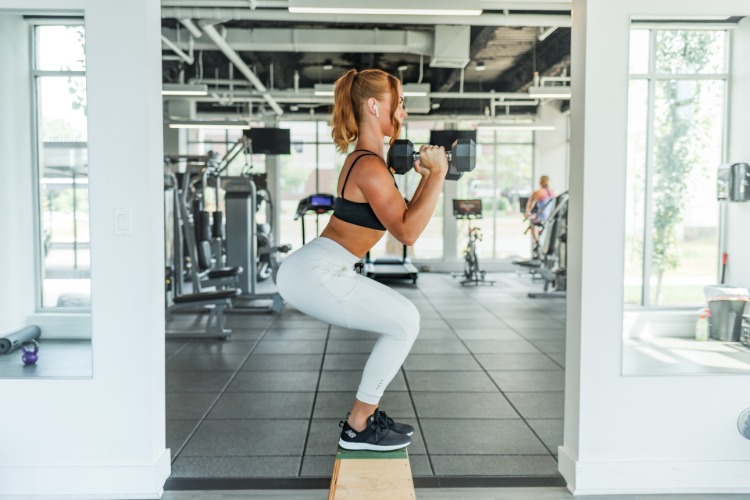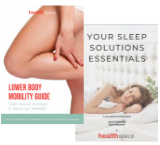
Once upon a time, and not that long ago, if you went to your doctor with back pain you were told to rest. The best practice was to take some painkillers and stay in bed. Fast forward to today and we know that this is not the best and if anything can make your pain worse! Believe it or not the same goes with squatting. It is an urban myth that squatting is bad for knees, and as someone with knee pain squatting should be avoided.
Research has now shown that squatting is not bad for knees and if anything it is protective at stopping knee pain.
Squatting is considered to be a functional movement, but what does that actually mean? Jumping online finding this answer could be a whole other blog. Searching online you will get definitions such as the following from Wikipedia.
“Functional movements are movements based on real-world situational bio-mechanics. They usually involve multi-planar, multi-joint movements which place a demand on the body’s core musculature and innervation.” https://en.wikipedia.org/wiki/Functional_movement
Definitions vary but most often are based around movements that we would do in real-world situations, involving multiple joints, movements, and muscles.
So you may think that you don’t need to squat down daily?
Believe it or not, you do. Think about getting in and out of a chair or having to pick up and object up off the ground? During this movement, we are expected to be able to stabilise our spine, as we move through movement at our ankle, knee, and hip. The movement at each should be balanced and controlled, without collapsing inwards or outwards. A squat is a great movement to see how these joints work together.
A common fault is the inwards movement of the knee. This can be caused by a variety of factors, both mobility, and stability. Both mobility and stability issues are often created through inactivity. Movement leads to stimulation of the brain, nerves, blood, muscles, tendons, and ligaments. This stimulation is vital for these parts of the body to stay healthy if performed correctly. Repeated poor movement can place increased stress on these structures, causing potential damage similar to a repetitive strain injury.
To perform a squat efficiently and correctly we need good joint mobility as well as stability.
Stability is different from strength, but how is that so? Strength is a determinant of how much force you can produce, whereas stability is how well you can control and perform a particular movement. A person may be able to push a large amount of weight at the gym, but if they can not move correctly. We will see their knee caves whilst doing so, then they will potentially be doing damage.
Controlling movement is equally if not more important than being able to create a large force or have strength. If we can’t control movement then repeating a particular movement (e.g. exercise or day to day tasks) can cause injury or damage. Controlling your movement requires both muscle activation (strength) and the mobility to allow the correct movement to take place. This is why squatting can help stop knee pain, and helping with joint health. Squatting correctly uses several muscles around the knee and hip, and increasing stability around the hip and knee will help in day to day life.
The human body thrives off movement. It stimulates muscles, joints, and nerves which are vital for health. Stopping movement often has a negative impact on many conditions. If you are someone who has knee pain and been told you should avoid squatting, more likely then not this is not the best advice. If you are unsure, or not confident that you are moving correctly then you should, seek professional advice from a personal trainer, physiotherapist or chiropractor.
Dr. Nicholas Miller is a Chiropractor at Health Space Bella Vista and Lane Cove. To book a consultations with Dr. Nicholas Miller, contact us today.

